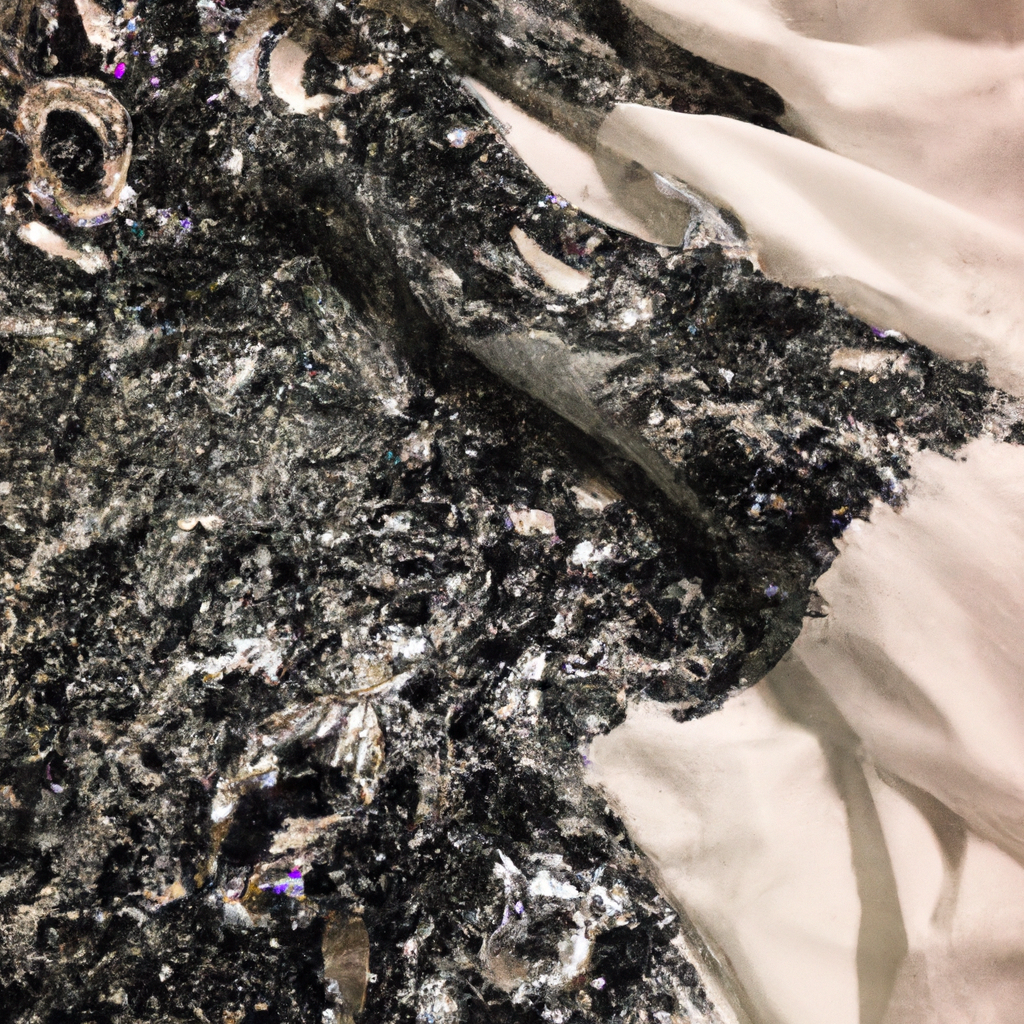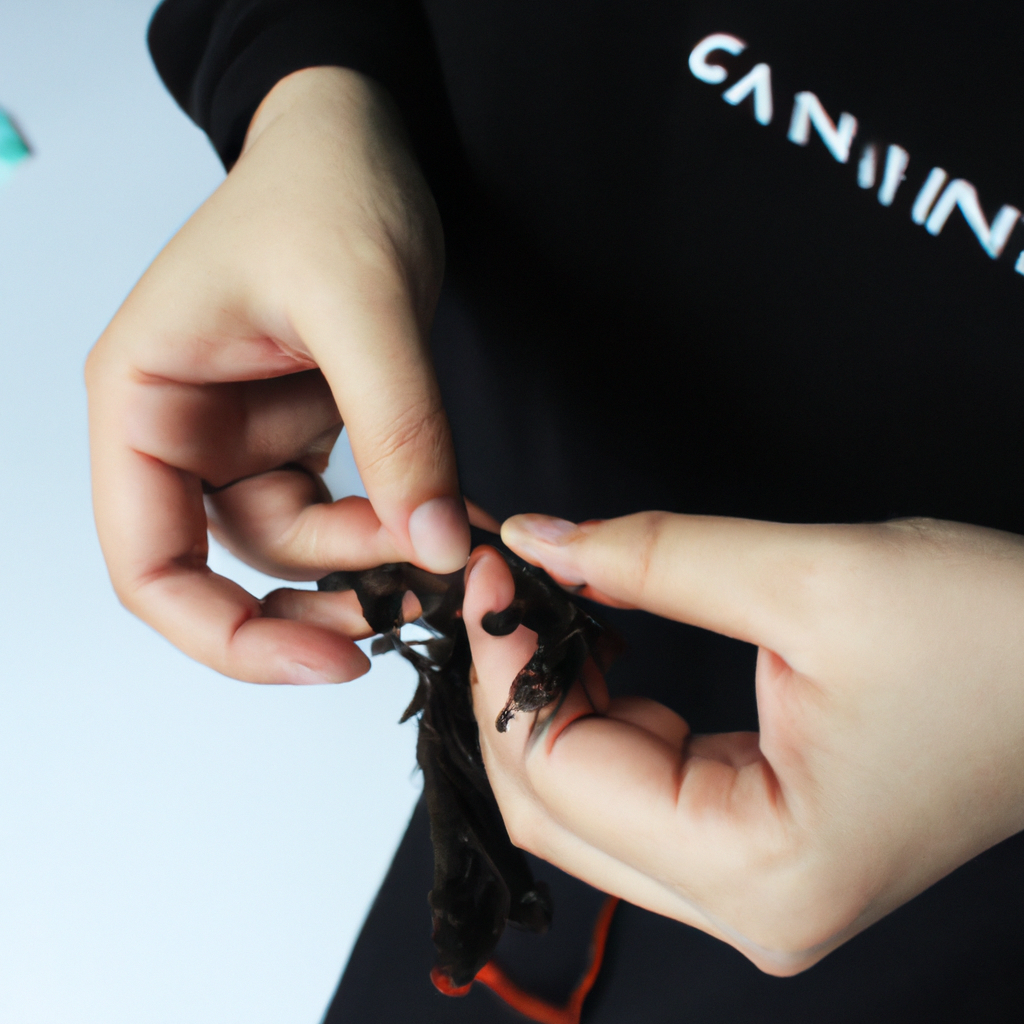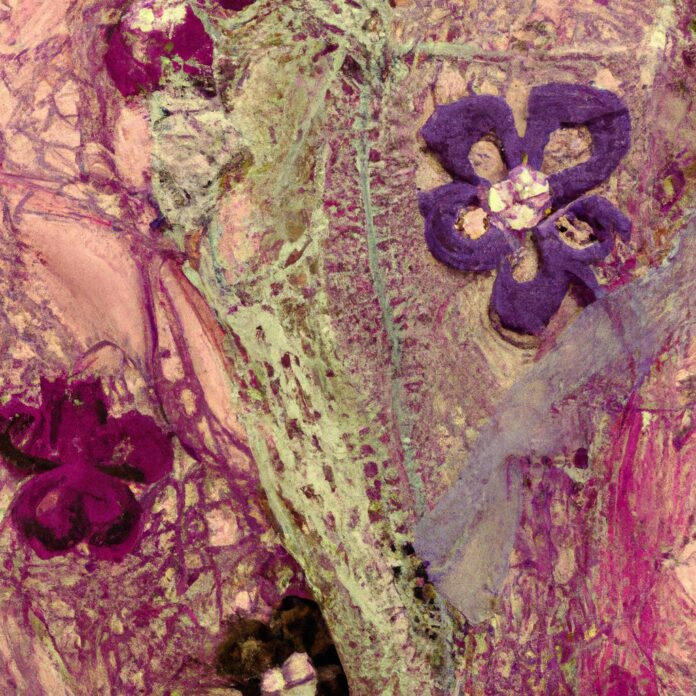Have you ever wished you could customize your wardrobe to reflect your own unique style? Thanks to the craft of textile artistry, it is now possible to take clothing creations to a whole new level by doing DIY couture fabric manipulation right at home. North America boasts a colorful and vibrant tradition of manipulating fabric to make unique designs, which has enabled budding fashionistas to take fashion into their own hands. Find out more about this art form and its exciting applications.
1. Introducing the Art of Textile Manipulation
Textile manipulation is a process of decontextualization of fabrics combined with creative design. It is an art form that only a few skilled artisans have mastered. By taking a fabric and changing its shape, colour, texture, size, weight, and personality, the artist can create something entirely new. Textile manipulation is about unleashing the imagination and playing with the elements of texture, colour, and form.
Tools of the Trade
Textile manipulation requires more than just scissors, needles and thread. An artist’s toolbox includes heat guns, pliers, needles, steam iron, steam presses, cloth cutting tools, and a range of fabric related items. They also make use of hot plates, irons, knitting and crochet needles, velvet materials, and other unique fabrics for creating elevations and reliefs.
Types of Textile Manipulation
Textile manipulation is comprised of various techniques, including but not limited to:
- Knitting
- Crochet
- Weaving
- Fusing
- Fraying
- Hand-stitching
- Dyeing
- Embroidery
- Felting
- Quilting
These techniques can be combined and layered to form patterns, shapes and structures. It takes creativity and an eye for detail to be a master of textile manipulation.
Textile Manipulation for Beginners
Becoming proficient at textile manipulation takes practice and experimentation. But it is possible to learn with only basic knowledge of sewing, fabric selection, and color theory. All you’ll need are simple supplies like fabric, needles, thread, an iron, and a few other simple tools. Start with small projects and gradually increase complexity, such as adding more intricate details, textures, and patterns. Practice makes perfect.

2. Exploring North America’s DIY Couture Movement
The Hysteria of the Homemade
There’s a new DIY craze sweeping across North America – couture! A step up from run-of-the-mill fashion, couture is hard to come by, making North American DIYers even more passionate in their pursuit of the perfect outfit. From edgy streetwear to intricately detailed haute couture, the ‘crafty couturiers’ are setting a new standard for their peers.
These ambitious style seekers are challenging the conventions of the high fashion world, by designing, constructing and re-imagining clothing from scratch. Aspiring designers are holding their own fashion shows using old clothes and unlikely fabric combinations, taking pride in their creative and innovative wardrobe pieces.
It’s an easy way to express individuality, as the sky is really the limit for style assemblers. Artistic detailing such as sequins, embroidery and layering gives each garment its own unique look, giving enough flexibility to showcase each creator’s individual tastes.
The make-it-yourself mentality has sparked a movement that is quickly changing the fashion landscape, with fabrics, beads and various ‘ready-to-create’ sewing kits now widely accessible. Taking fleet of the trend, clothing manufacturers are continuously designing novelty luggage for those who wish to showcase their craftsmanship.
Innovative up-cycling has included transforming t-shirts into jerseys, trrimming jeans into skirts, and even embellishing diapers into headpieces. It’s become more than just fashion, expanding into collabouration with film-makers, dancers, graffiti artists, and painters alike.
The DIY couture revolution is a statement and invitation from the collective consciousness. Its creativity and craftsmanship reigns not just in factories, but also in small-scale workshops and homes, broadening the couture world to accommodate its new enthusiasts.
3. The Wonders of Textile Artistry
Whether it is sewing by hand, crocheting, knitting, or using a loom, textile artistry has a rich history that has been passed down through generations of crafts people. This ancient craftsmanship can be seen all over the world, in everything from intricate wall hangings and floor rugs, to clothing and a multitude of delicate accessories.
An eye-catching and tactile representation of the weaver’s skill, a piece of textile artistry requires patience and dedication to create. This is why it is such a miraculous form of art. Starting with natural fibers, such as cotton, wool, or linen, a yarn or thread is spun and used to form a weave. Colors are then added to make the design stand out and make each creation truly unique.
Although textile artistry dates back centuries, its designs have been influenced by different cultures. From traditional Italian fabrics to Asian-inspired quilts, no design is ever the same and each one tells a story. Here are some of the amazing types of textile artistry:
- Tapestry weaving: a weaving technique that uses a loom to interlace the threads, resulting in a beautiful piece of artwork.
- Quilting: the use of fabric, often in patchwork forms, to create a blanket or a quilt which is usually used to decorate beds, chairs, and tables.
- Embroidery: the art of using thread or needle and thread to decorate fabric with a pattern or decoration.
- Crocheting: a method of creating fabric with a crochet hook and yarn.
- Knitting: the use of two or more needles in weaving yarn together to create clothing, accessories, and other items.
Although it requires a great deal of patience and skill to produce these textile art forms, anyone can learn the basics and create their own unique works of art. And with so many varieties of colors and fabrics out there, the possibilities are truly endless.
4. Making Your Own Fabric Masterpieces
Do you have a keen eye for color and texture? Perhaps you have the inspiration but don’t know where to start with ? With some basic tools and a bit of practice you’ll be designing your stunning creations in no time.
Beginning with the fabric of your choice—customers can pick from a wide range of materials including silk, chiffon, cotton, and linen—it’s time to start piecing together the pieces of your project. Place the fabric onto a flat surface then use pattern-making techniques to recreate the desired shape and size. You can choose from many methods, such as tracing the pattern onto the fabric or utilizing a tailor’s dummy.
Next, start cutting out the patterned pieces. The best way to achieve razor-sharp and accurate edges is by using specialized fabric scissors, although craft-style scissors will work too. If you’re working with multiple pieces use dressmaker’s pins to keep them together and ensure all the edges line up.
Once all the pieces are cut out, you’re ready to begin sewing. To create a strong and durable construction, remember to use quality fabrics and the right sewing method. An array of stitches can be used, however, simple running and zigzag stitches should do the trick. If you’re feeling more adventurous you can experiment with tucks, pleats, or decorative stitches.
Let your imagination run wild and design something that reflects your unique style and personality. Sew each masterpiece with love and care and don’t forget to finish off the edges, on both right and wrong sides. You can do this with the help of an overlocker, to create professionally-looking hems. And voila, now you have a unique, one of a kind fabric creation!
With a deep respect for the craftsmanship and history involved in textile artistry, those interested in the subject can discover a unique source of inspiration and creativity through DIY couture fabric manipulation. With North America as a special hub to explore fabric manipulation, we can discover the joy and delight of fashioning unique pieces of attire. Be sure to take full advantage of the vast possibilities textile artistry provides.



